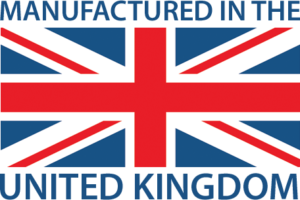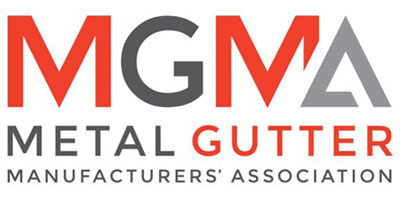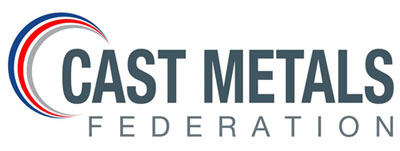Innovation and Development
Originally Gravity Aluminium Dies were an extension of Sand Casting. This method resulted in a large amount of work because the sand molds could only be used once and were then destroyed. In an attempt to increase productivity, the molds were made out of Cast Iron, held together with “G” clamps, and prised apart with pinch bars. These dies were made by pattern makers and certainly increased production compared to sand molding; but they were very crude, often giving poor setting times with difficulty in extracting the casting, which in turn made it arduous for the worker.
Some pattern makers evolved into making gravity dies using different clamps, and some dies used a Tenon to guide the die sides.
This is where some foundries have stopped, for them evolution has never happened, with often more than one man required to work a die; which in turn results in low productivity, low wages and expensive castings. This tempted customers to look outside the UK for their castings and encouraged the demise of foundries in this country.
More enlightened foundries developed toggle operated dies, which meant that die sides, could be opened quickly with one lever: therefore increasing productivity and enabling one man to operate two small dies together.
The development of dies was changing; some foundries used Hydraulic Cylinders, whilst others used Air Cylinders. Both methods worked quite well, but the air cylinders had a dangerous drawback; in the event of a dies side sticking, the air pressure would rise dramatically until it would open or shut like a bullet, with the potential to seriously injure the die caster.
Here at Hall & Botterill we have chosen to use hydraulic cylinders, but have gone a step further: some castings are more sensitive than others and need very careful timing during the setting time, therefore we have introduced a method of casting using a PC controller which makes for more accurate timing and no interference from the die caster.
We are continually looking for methods that produce better castings and improve the lot of the die caster. Evolution goes on!
“Gutters cannot be press-fettled, it is impossible.”
“Gravity die castings cannot be press-fettled, and it would be a fluke if you did it”
We have 10,000 flukes in stock!
In 1997, a monstrous Cowlishaw-Walker, 250 ton press was installed. It transformed a skill that was difficult, dangerous, with manual fettling that involved using a band saw generating in excess of 140db, finishing machines that needed clearance when 6ft gutters were slung around, manual punching and straightening with a hammer.
When a man was fresh he could manually fettle a gutter in 6 minutes. With the press a gutter can be press-fettled and de-burred at the rate of 1 every 20 seconds resulting in an 1800% increase in productivity.
Alex is continually reviewing energy in terms of usage and cost. To that end, he has a rolling programme of replacing light bulbs purchased from CEF Leeds and installed by Kevin Page Electricals, with LED at a very considerable saving in both energy and cost: at present, energy usage in electricity has been reduced by 9.5kw per hour, making a saving of approximately £2300 per annum. The energy saved means that the robot is putting no extra stress on the system.
Hall & Botterill investigated robotic fettling in 2005, but at that time, robots were totally cost-prohibitive.
In 2012, the idea was re-visited as a way of separating production capability from the number of men employed. At no point was there ever any thought of reducing staff, this was being introduced to reduce the danger associated with fettling, and to increase the working life of the men.
Hall & Botterill discovered that achieving the dream of robotic fettling was about to become a reality. He designed the cell, and found many trades to help build it, along with purchasing the correct tooling, which had to be robot compliant.
The Robot arrived on June 10th 2013 and programming began in August 2013.The robot is a multitasking machine, the aim being to take a casting from die to sale.
By September we had one component programmed, because of problems with deburring causing major issues; i.e. the tool kept digging in to the casting. During this time another component was programmed because it did not require fine de-burring and would have been extremely dangerous to saw manually. Nobody seemed able to provide a solution to the digging in problem, until in August this year, 2014, with a random visit by a rep who suggested using a different cutter which would not bounce or dig in to the casting. We tried it and it worked!! Programming then took off.
We are currently programming and working the robot, it will soon reach the stage where it will be working and we will be unable to program, so watch this space.


![logo[1] Hall and Botterill](https://www.gutter.co.uk/wp-content/uploads/elementor/thumbs/logo1.png)



